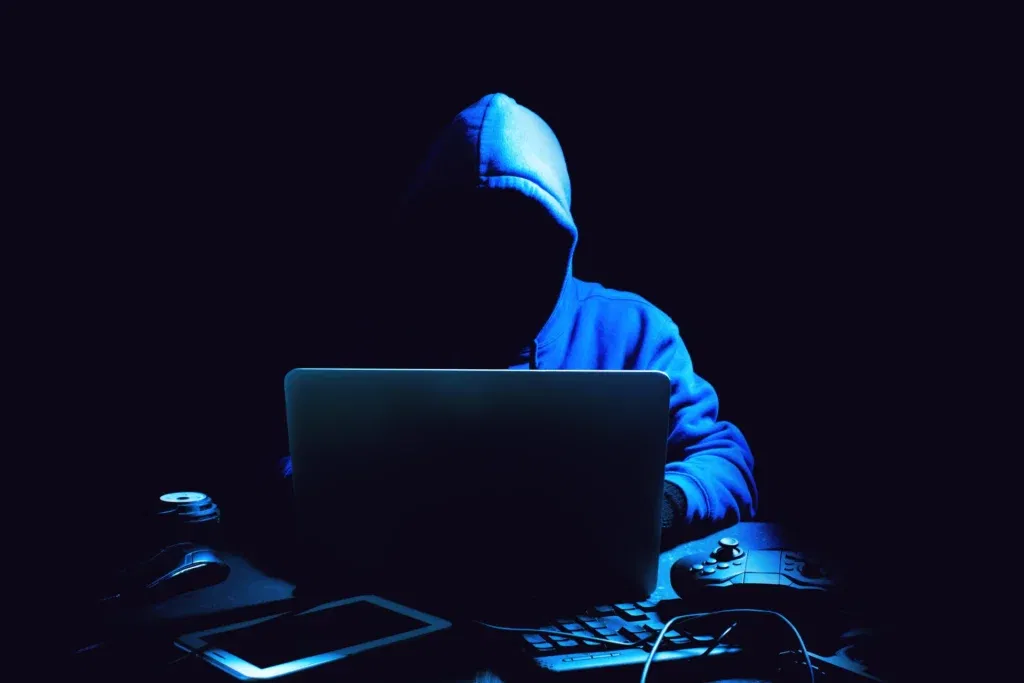The purchase and use of legitimate software is essential to ensure the security of your data and compliance with copyright laws. However, in an increasingly connected world, counterfeit copies and pirate licences have become more sophisticated and difficult to distinguish. In this article, we will explore methods to recognise legitimate software licences from fake ones.
Discover now The 10 key points for recognising legitimate licences from counterfeit copies!
Start your journey to distinguish between legitimate licences and counterfeits with these crucial points!
1. Checking the Source of Purchase
The most important starting point for recognising a legitimate licence is the source of purchase. Avoid suspicious websites or unauthorised online marketplaces. Buy the software directly from the manufacturer’s website or from authorised dealers.
2. Check the Price
Too low a price can be a wake-up call. If software is known to be expensive and you find an offer that seems too good to be true, it is likely to be a counterfeit license.
3. Authenticity of the License Key
Check that the licence key is authentic. Check with the software manufacturer whether the key is valid before using it. Often, manufacturers provide online tools for verification.
4. Verification of Compliance with Terms of Use
Read the terms of use of the software carefully. Legitimate licences often include restrictions on commercial use, number of installations or other conditions. Make sure you respect them to avoid legal problems.
5. Check Support and Updates
Legitimate licences often include access to the manufacturer’s technical support and regular software updates. If you do not have access to these services, you may have a forged licence.
6. Scan Software for Malware
Before installing the software, scan the installation file with a good antivirus or anti-malware scanner to check that it does not contain malware. Counterfeit copies often include malicious software.
7. Avoid Cracking Tools
The use of cracking tools to bypass software protections is illegal and potentially dangerous. Always stay away from such practices.
8. Checking the Seller’s Reputation
If you are buying from a retailer, check their online reputation. Read reviews and seek feedback from other buyers. A reliable seller will have a good reputation.
9. Beware of OEM Licences
OEM (Original Equipment Manufacturer) licences are legitimate but have restrictions on use. These licences are tied to the hardware on which the software was initially installed. Make sure you respect the conditions.
10. Consult the Manufacturer’s Support
If you have doubts about the legitimacy of your licence, please contact the manufacturer’s support. They often provide assistance with licence verification.
Conclusion
Recognising legitimate software licences from fake ones requires some care and caution. By following the above tips, you can reduce the risk of buying counterfeit or pirated software and enjoy a safe and legal computing experience. Remember that the use of legitimate software is important not only to comply with the law but also to ensure the security and stability of your system.



